
Hybrid Futures: Hypersea – in retrospect
Recently, the Hybrid Futures: Hypersea event premiered at Salford Museum & Art Gallery as part of Fat Out Fest, our team assistant Sam gives his thoughts

Recently, the Hybrid Futures: Hypersea event premiered at Salford Museum & Art Gallery as part of Fat Out Fest, our team assistant Sam gives his thoughts
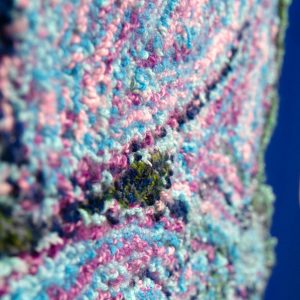
Alena Ruth Donely exhibits at our new exhibitions CATALYST with their piece 'Wavy Lady', 2020. Find out more here!
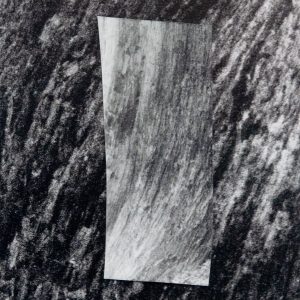
Aidan Doyle's work explores the relationship with the inner self and the outside world. Using fragmented imagery devoid of original context, the artist considers the choices we have to make on how we portray ourselves to the world: what we choose to share and perform, and what we choose to hide from view. Read more about it here!
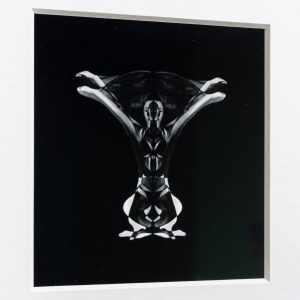
Rorschach Women is part of a larger body of work titled Bathing in the Rorschach. Using a Go Pro camera submerged underwater, the artist captures ethereal and fluid moments, which are then digitally manipulated to create intriguing semi-abstracted imagery, intricate patterns, and symmetrical forms. Read more about it here!
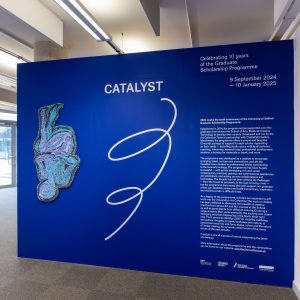
Join us on the 9th of October 2024 to celebrate our newest exhibition CATALYST - featuring 16 artists from across the North West. Eventbrite link here!

Memory Compression (2017) is an audiovisual work by Joe Beedles, combining digital video, music, and generative technologies. It is currently being presented as part of CATALYST: Celebrating 10 Years of the Graduate Scholarship Programme. Read more about it here!
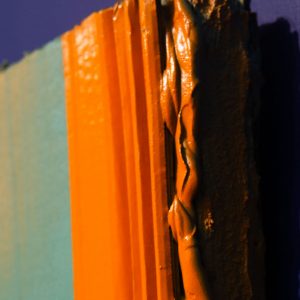
2 artworks from Mollie Balshaw's Painting Sandwich series are now on display as a part of CATALYST: Celebrating 10 Years of the Graduate Scholarship Programme! Read more about it here!
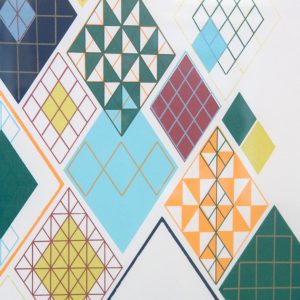
Lubna Ali's 'My Tiles', last shown in Print Unltd, is on display as part of our celebratory exhibition!
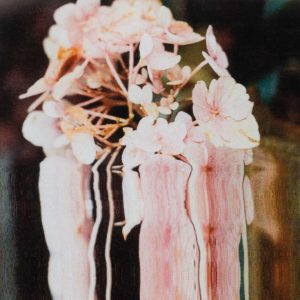
Katie Aird's 'Entropy' is current on display at CATALYST. Learn more here!
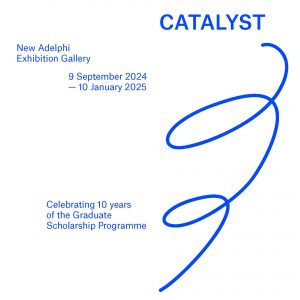
2024 marks the 10th year of the Graduate Scholarship Programme, and to celebrate we have launched a new exhibition in the New Adelphi Exhibition Gallery – featuring 16 of the 50 artists who have taken part. Find out more about the Programme here, the 10 year celebrations here, and about the exhibition and artists below. […]